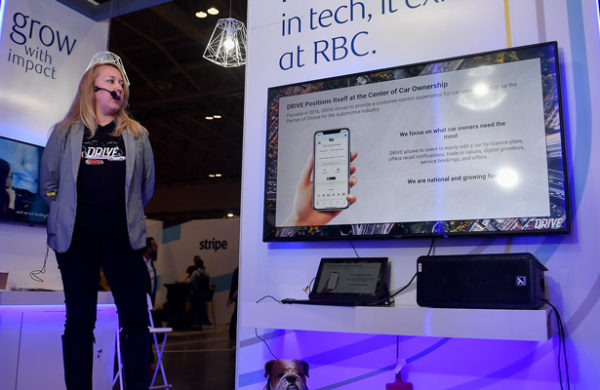
Minutes from a board meeting are more than mere notes, and must be kept with the highest possible degree of accuracy.
Taking minutes at a board meeting is a critical task. The failure to record one word in proper sequence or capture one key fact can negatively impact the record and lead to problems in the future. Because of the gravity associated with taking board meeting minutes, it is important to plan the task carefully. Here are some ideas on how to keep those minutes accurate.
Before the Meeting
Prior to the meeting, make sure that some type of recording device is in place. If the board meeting will be in a conference room with all board members present, a simple tape or digital recorder will suffice. If the board meeting is being held by conference call, take advantage of the situation and arrange for the conference provider to record the call and set up your own taping equipment as well. While this may seem redundant, the fact is that tape recorders can fail, and the line quality on the tape line used by the conference service could be low. Between the two sources, you will have excellent backup for your notes.
As part of your preparation for the board meeting, obtain a copy of the meeting agenda in advance. This will help you keep up with the flow of the meeting and give you some idea of how to segregate different sections of the notes. When the meeting takes place at a central location, obtain a seating chart as well. The seating chart will help you identify which board member is speaking at any given time. For meetings held via conference call, ask the board president to remind everyone to identify themselves by first and last name before contributing to the discussion.
During the Meeting
While there may be requirements unique to the actual creation of board meeting minutes, just about any formal record of minutes will begin with a header listing the exact name of the organization. The date and time the meeting began is also included, along with the name of the individual presiding at the event. The location of the board meeting should also be noted. In the event that some members are participating by telephone or online audio streaming, that information should be noted as well.
For example, the minutes could begin with something like this: "The Board of Directors of XYZ Corporation met on Wednesday, 12 June, 2009, with Board President John D. Smith presiding. The board meeting was held in the conference room of XYZ Corporation’s headquarters, with Board members David Thomas and Julian Phillips participating by audio conference. The meeting was called to order at 1:00 p.m. Eastern Standard Time."
Any recording equipment should be activated just before the meeting is called to order and allowed to continue running until the board meeting is formally closed. When remote recording through a conference provider is utilized, it is important to instruct the provider when to begin the recording process.
The individual charged with keeping the minutes should sit in a location where it is simple to confer with the person presiding. This makes it possible to discreetly indicate that something should be repeated or clarified for the official record.
Even with a prepared agenda, it is not unusual for line items to be addressed out of the original order. The minutes should reflect both the location of the line item on the official agenda and the order that the line items were actually brought before the board. This makes it easier to cross-reference the changes when transcribing the notes into the official record of minutes.
Note any motions
In addition to general discussion, it is important to note any motions that come before the Board. The data should also include who made the motion, who seconded the motion, and any discussion relevant to the motion, while it is on the table. The minutes should also reflect the final tally of votes for and against the motion, as well as the final form of the approved resolution. Since meetings can often move quickly, the person taking minutes should make it known when something needs to be repeated. Doing so makes it much easier to ensure the minutes are complete and an accurate representation of the meeting.
After the Meeting Once the board meeting is completed, the transcription process should begin immediately, while the experience is fresh in the mind of the transcriber. The first draft of the minutes should be compared with the audio recording of the board meeting. Any changes or adjustments necessary should be made.
Once the transcriber is confident of the accuracy of the documented minutes, copies should be circulated to all board members to ensure there are no miscommunications regarding the content of the meeting. Doing so will help to shorten any discussion regarding formal approval of the minutes at the next board meeting.
It is important to note that taking minutes and keeping general notes are very different tasks. Notes only have to reflect the intent and meaning of the remarks made, while minutes must accurately capture every word that is spoken in the meeting. Because the minutes become part of the permanent record of the company and may contain specific directives that will influence the future operations of the business, all possible strategies to ensure the completeness and accuracy of the minutes must be utilized.


